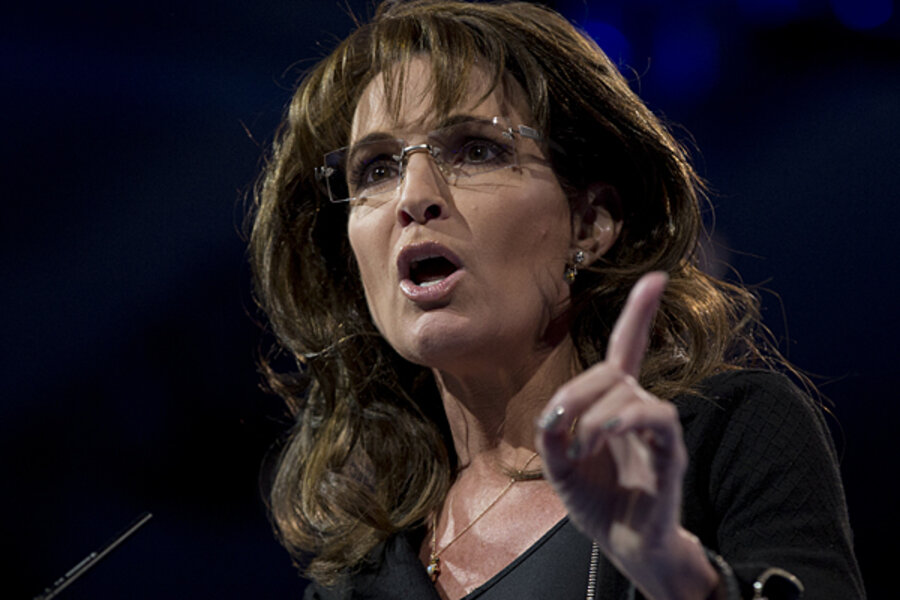Sarah Palin Tesla slam: Is electric carmaker really a 'loser'?
Loading...
Sarah Palin labeled Tesla Motors a "loser" in a Facebook post last week, lumping the electric car company in with Fisker Automotive as examples of President Obama's clean-energy policy gone awry.
Fisker is certainly in dire straits, but is Tesla really a "loser"?
Both companies were backed by Department of Energy loan guarantees, but the electric carmakers' balance sheets are far from similar. While Fisker teeters on the verge of bankruptcy, Tesla is exceeding sales targets and says it made its first profit in the first quarter of 2013.
That's not to say Tesla's record is spotless. The former governor of Alaska pointed out one of Tesla's setbacks in her post:
"[T]he Obama-subsidized Tesla [turns] into a 'brick' when the battery completely discharges and then costs $40,000 to repair."
The attack prompted a tongue-in-cheek reply from Tesla's colorful chief executive, Elon Musk. He took to Twitter to say he was "deeply wounded," and pointed out that the Tesla Model S "bricking" issues are covered under the vehicle's warranty.
It's not the first time the entrepreneur has struck back in the face of criticism. In February, the New York Times published a critical review of the company's Model S electric sedan, challenging its performance in winter conditions. Mr. Musk called the article a fake and posted vehicle data on Tesla's website that he said proves the shortcomings were the result of driver error.
Fisker Automotive is a closer fit to Ms. Palin's portrayal of "the administration’s crony capitalism as their green energy buddies benefit from this atrocious waste of taxpayer money." The company recently laid off 160 of its employees and has retained a major bankruptcy law firm. She might even go after A123 Systems, Fisker's bankrupt batterymaker, which used $129 million of its $249 million federal grant before biting the dust.
But Tesla is a harder target. The company's Model S electric sedan was unanimously voted Motor Trend’s Car of the Year in 2012. And while it did receive $465 million in federal money, the company expects to reimburse taxpayers in 2017, five years ahead of schedule.






